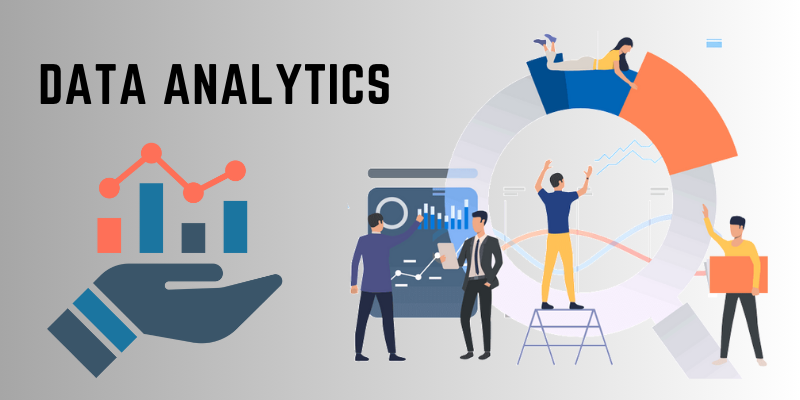Data analytics involves converting raw data into valuable information using various tools and methods. Through the identification of patterns and addressing challenges with data, this process assists businesses in improving decision-making and promoting growth. This blog will discuss what is Data Analytics. If you’re looking to enhance your skills in this field, consider exploring a Data Analytics Course in Chennai at FITA Academy to gain insights into different types of data analytics. Companies worldwide generate vast amounts of data daily, including log files, web servers, transactional data, and customer-related data. Social media websites also generate vast volumes of data. Companies should use their generated data to derive value and make impactful business decisions. Data analytics is the key to unlocking this potential.
Benefits of Data Analytics
Let’s explore how we can use data analytics.
Improved Decision Making: Data analytics can help organizations make better decisions by eliminating guesswork and manual tasks. It can be used to choose the right content, plan marketing campaigns, and develop products. Organizations can use data analytics to make informed decisions, leading to better outcomes and increased customer satisfaction.
Better Customer Service: Data analytics is a powerful tool that enables you to provide tailored customer service and build more robust customer relationships. By analyzing customer data, you can gain insights into their interests, concerns, and more, which can help you make better recommendations for products and services. With data analytics, you can personalize your customer service, leading to more comfortable and satisfied customers.
Efficient Operations: By leveraging data analytics, you can optimize your processes, reduce costs, and increase efficiency. With a better understanding of your audience, you can create targeted content that resonates with them, saving time and money spent on irrelevant content.
Effective Marketing: Data analytics provides valuable insights into campaign performance to aid in optimization. It also identifies potential customers most likely to interact and convert.
Let’s explore the different stages of data analytics in detail.
Steps Involved in Data Analytics
The data analytics lifecycle involves several steps organizations use to analyze data. Let’s explore this process by using an analogy.
Imagine you run an e-commerce business with a customer base of nearly a million. Identify specific problems and develop data-driven solutions to grow your business.
- Understand the problem: The initial stage of the analytics process involves comprehending the business problems, establishing the organizational objectives, and devising an effective solution. E-commerce enterprises frequently face challenges like forecasting returns of items, offering pertinent product suggestions, cancelling orders, detecting fraudulent activities, optimizing vehicle routing, and more.
- Data Collection: To solve your business problems, gathering transactional data and customer-related information from the past few years is essential. This data can provide valuable insights into the total units sold, sales, profits, and order placement dates. Past data is crucial in shaping the future of your business.
- Data Cleaning: When collecting data, it’s expected to be messy, disorderly, and contain missing values that are useless for data analysis. Thus, cleaning the data by removing any redundant, unwanted, or missing values is crucial to make it suitable for analysis. If you’re interested in understanding the importance of data analytics and gaining practical skills, consider exploring a Training Institute in Chennai that offers comprehensive courses in this field.
- Data Exploration and Analysis: Once you have collected the appropriate data, the next crucial step is to perform exploratory data analysis. This can be achieved by utilizing data visualization and business intelligence tools, data mining methods, and predictive modelling to analyze, visualize, and forecast future outcomes from the data. By applying these techniques, you can determine the impact and correlation of a specific feature compared to other variables.
